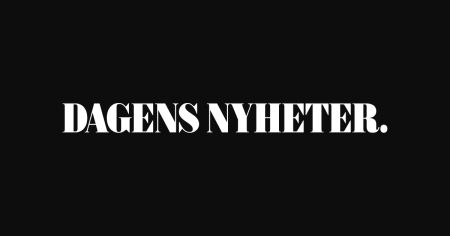The unraveling of a football club’s financial stability in 2023, culminating in bankruptcy, exposed a deeply concerning lack of financial accountability and potential criminal activity. The club’s downfall began with the discovery of significant discrepancies between reported income and the actual state of its finances. Despite generating 1.8 million kronor in 2021 and nearly 900,000 kronor in 2022, the club’s bank account held a mere 13,000 kronor when it declared bankruptcy. This glaring disparity raised immediate red flags, prompting a thorough investigation by authorities.
The core issue at the heart of the club’s financial woes was the complete absence of proper bookkeeping for two consecutive fiscal years. This critical oversight rendered any meaningful audit or scrutiny of the club’s financial dealings impossible. The magnitude of the missing financial records, coupled with the substantial sums of money involved, elevated the potential offense to a gross accounting violation, according to prosecutor Mehrdad Sanaei of the Economic Crime Authority in Gothenburg. This absence of records essentially created a financial black hole, obscuring the actual flow of money within the organization and preventing any clear understanding of how the club’s funds were utilized.
Further complicating the situation was the revelation that the football club had received substantial financial support from public sources. The club benefitted from significant grants from the Sports Administration and funding from the Employment Service for ”extra jobs.” This influx of public money underscored the gravity of the missing financial records, highlighting the potential misuse of taxpayer funds. The significant discrepancy between the income generated, public funds received, and the negligible balance upon bankruptcy, painted a picture of severe financial mismanagement, if not outright criminal activity.
The investigation into the club’s finances implicated four board members, including one of the team’s coaches. However, despite the involvement of multiple individuals, the charges ultimately focused solely on the club’s chairman. This individual held exclusive access to the club’s bank accounts during the period in question. While he acknowledged this control over the finances, he vehemently denied any wrongdoing. His defense rested on the assertion that he believed the club was exempt from standard accounting practices as outlined by the Swedish Tax Agency. This claim, however, did not align with the legal requirements for organizations receiving public funds, further strengthening the case against him.
The scale of the financial irregularities extended beyond the missing accounting records. Over the two years under scrutiny, the club had a turnover of close to 5.5 million kronor. However, instead of utilizing these funds to settle outstanding debts and pay creditors, a significant portion of the money was allegedly transferred to other individuals. This diversion of funds not only contributed to the club’s eventual bankruptcy but also raised serious questions about the chairman’s motives and the potential for personal enrichment at the expense of the club’s financial stability. The high volume of transactions occurring in the year leading up to the bankruptcy further fueled suspicions of fraudulent activity.
The case of the bankrupt football club serves as a stark reminder of the importance of transparent and accountable financial practices, particularly for organizations entrusted with public funds. The lack of proper bookkeeping, combined with the alleged misappropriation of funds, led to the club’s demise and subjected its leadership to criminal investigation. The chairman’s defense, based on a perceived exemption from standard accounting practices, highlights the critical need for clear communication and understanding of financial regulations. The case also underscores the necessity of robust oversight mechanisms within organizations to prevent financial mismanagement and protect the interests of stakeholders, including creditors, employees, and the public.














